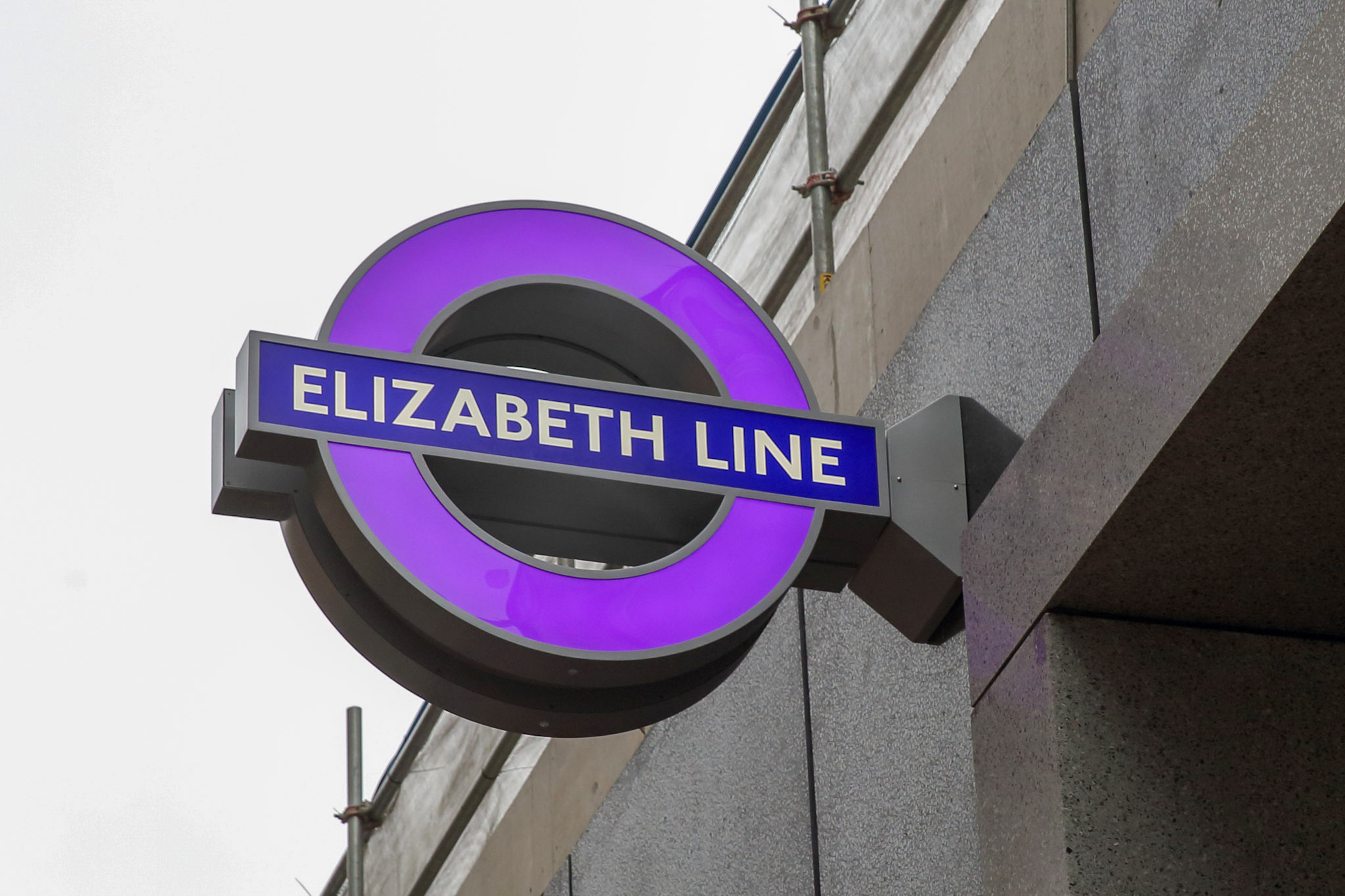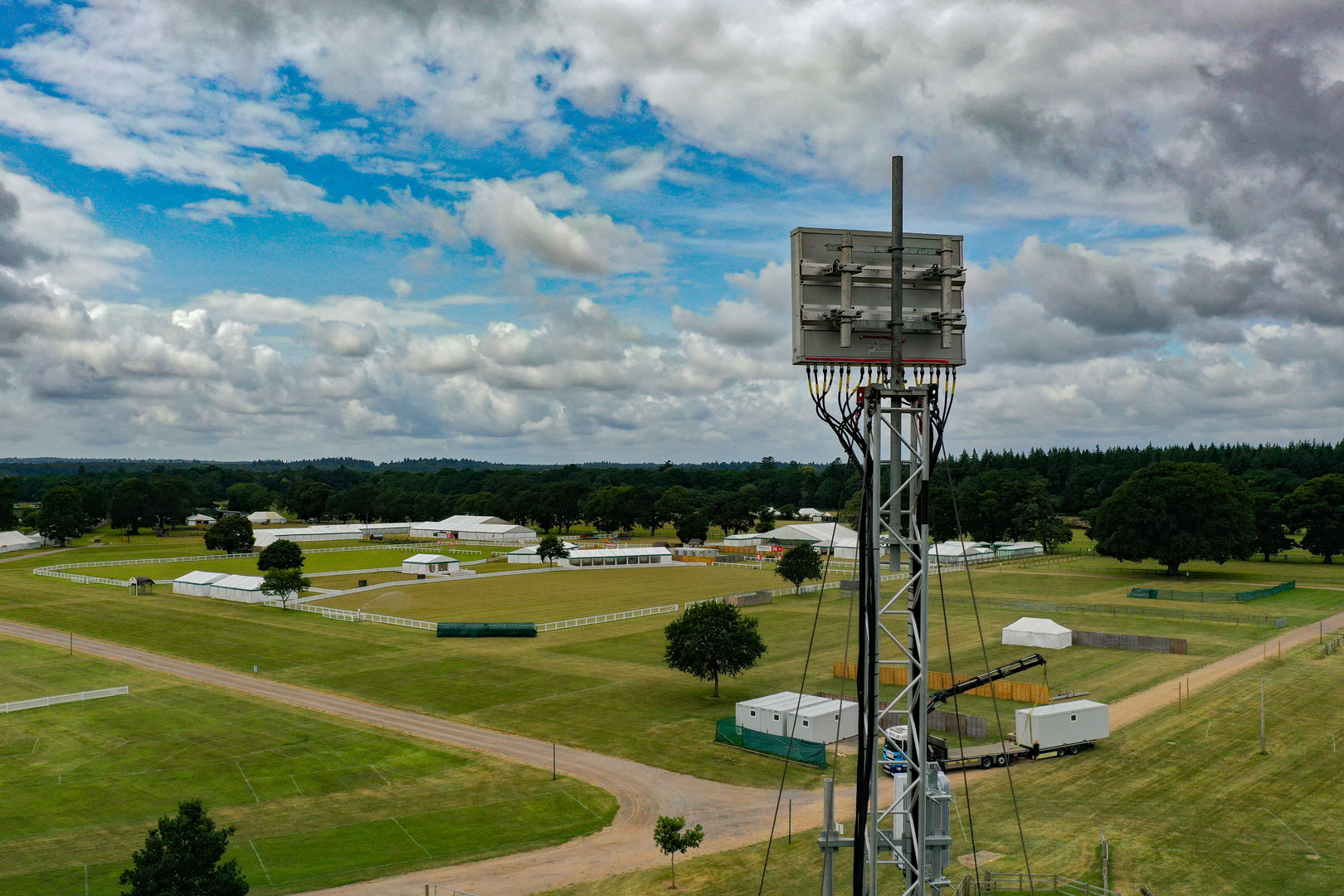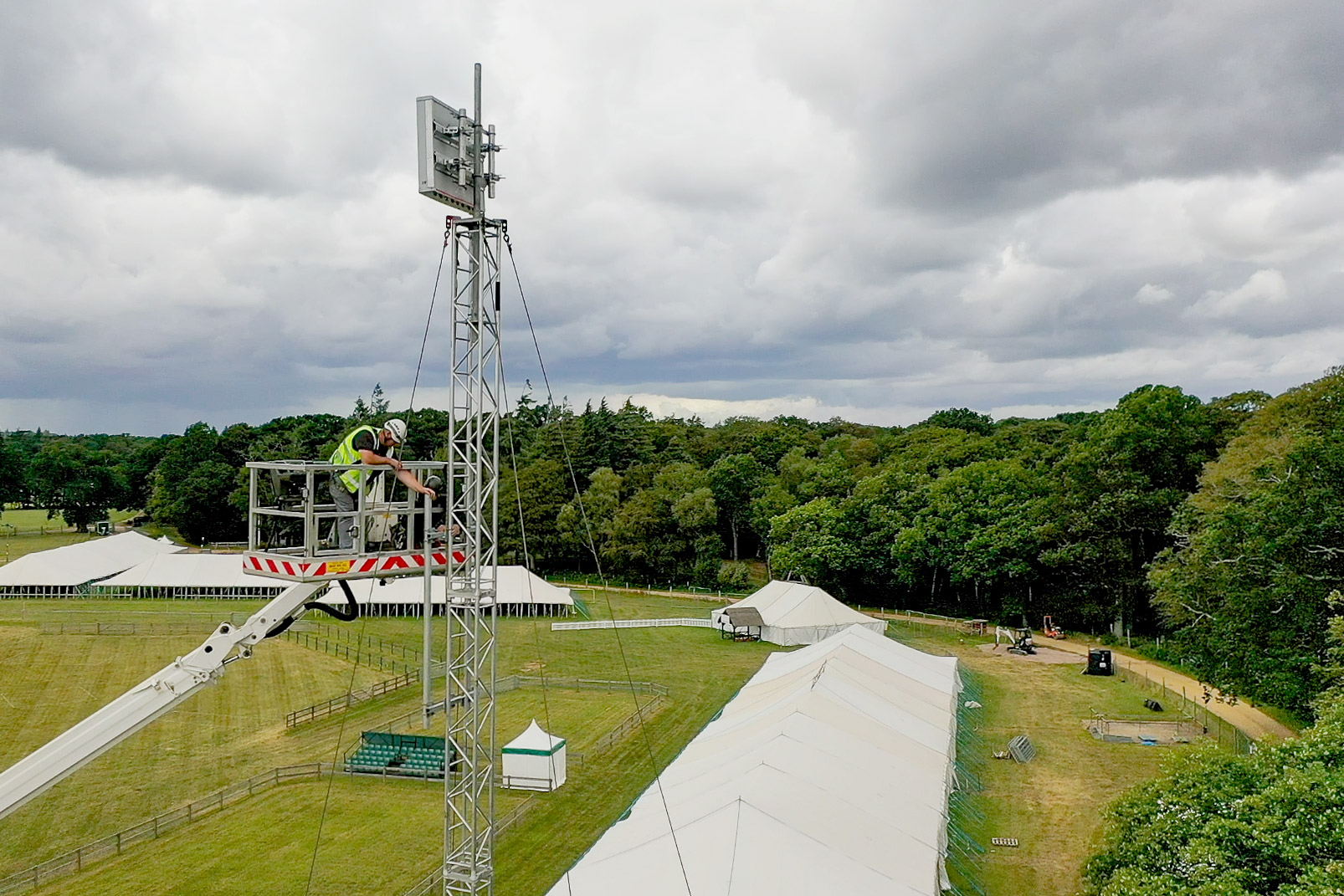As the Nation’s Network, Vodafone is constantly improving its network to ensure its customers can enjoy fast and reliable coverage, wherever they are this summer.
Green and pleasant land
Summer wouldn’t be the same for many people without a trip to the coast, but it does mean Vodafone’s network in those places needs to be able to cope with the extra demand from the arrival of all those visitors. As a result, improvements are taking place at Vodafone masts close to coastal hotspots to ensure they can cope as holidaymakers post updates to social media or watch the latest sporting livestream from their deckchairs on the beach.
For holidaymakers more interested in fells, dales and munroes, Vodafone is also improving its network in inland areas of the British countryside. Through the Shared Rural Network (SRN) programme, Vodafone has now successfully introduced 4G to more than 400 rural locations, equivalent to an area the size of Yorkshire.
Vodafone continues to use innovative ways to ensure its signal reaches its customers. This includes OpenRAN mini-masts on rural church towers and pubs.
Heavens above! Church bell towers are ringing in better rural 4G
Vodafone, alongside the Church of England and Net CS, is using the latest technology to unobtrusively provide better 4G signal in rural communities.
Coming to a field near you soon – COWs
The summer special events season is well and truly underway, so Vodafone is once again bolstering mobile signal coverage at festivals and events across the UK this summer. This is made possible by the company’s ‘herd‘ of Cells on Wheels (COWs) – temporary masts on trailers which are wheeled out to outside venues to deliver an outstanding network experience and help cope with the temporary surge in demand for mobile data.
The busiest summer event for Vodafone’s COWs has to be Glastonbury Festival. As Glastonbury’s Official Connectivity Partner, Vodafone deployed 10 temporary masts across the festival site. Records were broken as 2024 saw the most data ever used on Vodafone’s network at Glastonbury Festival, increasing by 33% compared to 2023 and equivalent to 73,000 hours of HD video streaming.
Moo-sic festivals 2023: how COWs made a summer of strong signal
Ensuring special events, from Glastonbury to the Henley Regatta, get mobile signal requires a fleet of special equipment, planning ahead by a year and eagle-eyed monitoring.
Shaking up the coverage and turning it up to 5 bars
If you’re visiting a major stadium to see your favourite band or artist, then it’s likely you’ll also benefit from network improvements while you’re there. Stadiums such as Tottenham, Wembley, Old Trafford, Etihad, Murrayfield, Anfield, Villa Park and the Principality in Cardiff – home to the Welsh Rugby Union (WRU) and has Vodafone as its Digital Transformation Partner – have been equipped with dedicated coverage over the last few years.
In June 2024, Taylor Swift played the Principality Stadium. During the concert, Swifties consumed more than 3.3 terabytes of mobile data – the most ever used over Vodafone’s network at the Principality Stadium. Despite this increased demand, Vodafone’s reliable and award-winning network was able to deliver consistently fast speeds for its customers, ensuring fans could share photos, make calls and even live-stream the legendary event.
Seamlessly complex: how Vodafone installed 5G in Cardiff’s Principality Stadium
The engineering challenges of providing fast mobile signal for 74,000 people, packed into one of Cardiff’s most popular places, were overcome in record time. This is how it was done.
Capital coverage
If you’re visiting London, then you’ll find that Vodafone’s coverage has never been stronger or faster.
This hasn’t happened by accident. Network improvements across the capital haven’t stopped, ensuring it can keep up with the ever-increasing demand in this exceptionally busy area. As well as continuing to improve 5G coverage across the city, 4G has also been improved at certain, highly busy locations using dedicated networking equipment. These include Westfield White City, Westfield Stratford and Battersea Power Station. Meanwhile, the network rollout across the London Underground continues, with signal now available across large sections of the Central, Jubilee and Northern lines, as well as at Elizabeth line stations.
Urban outfitting
Vodafone’s coverage improvements don’t stop at the M25. The company’s 5G footprint has been growing in areas of Belfast, Birmingham, Cardiff, Edinburgh, Glasgow, Leeds, Manchester, Newcastle, Plymouth and Southampton.
Vodafone records the most data ever used at Principality Stadium during iconic Taylor Swift concert
Taylor Swift fans had a night beyond their Wildest Dreams, thanks in part to Vodafone's reliable, award-winning network connecting Cardiff's Principality Stadium.
Checking in and flying out
If you plan to take your holiday further afield, Vodafone 5G is available in and around some of the UK’s busiest airports – Edinburgh, Glasgow, Gatwick, George Best (Belfast) and Newcastle International. It’s even possible to connect to Vodafone 4G while using the Channel Tunnel. Plus, 5G is available in some popular roaming destinations such as France, Germany, Greece, Italy, Portugal, Spain and the USA. You can roam on a number of Vodafone price plans. For plans that don’t include roaming, roaming passes are available from a little as £12 for 8 days or £17 for 15 days.
Roaming: How to control your mobile data usage
No matter where you're going on holiday, or which Vodafone UK plan you have, here's how you can control your smartphone's data usage - and any extra charges - while travelling.
One more thing…
If you happen to be in Cornwall over the summer, don’t forget to visit the ‘Going Mobile’ exhibition at PK Porthcurno Museum of Global Communications in Porthcurno. Sponsored by Vodafone UK, the exhibition explores the extraordinary journey of the mobile phone – from exclusive status symbol to every-day mini-computer. The exhibition includes seventy phones and objects selected from the Mobile Phone Museum – ranging from the earliest ‘brick’ devices of the 1980s to the latest smartphones. The exhibition is open until autumn 2024.
Stay up to date with the latest news from Vodafone by following us on LinkedIn and Twitter/X, as well as signing up for News Centre website notifications.
![Front view woman and man wearing sunglasses [Adobe Stock] cropped edited stock image of a woman and man, both wearing sunglasses, taking a selfie using a smartphone while posing by the waterside](https://www.vodafone.co.uk/newscentre/app/uploads/2024/07/Front-view-woman-and-man-wearing-sunglasses-Adobe-Stock-cropped-edited.jpg)





![Statue of Sir Tasker Watkins at the Cardiff millennium stadium[Adobe Stock] stock photo of the Cardiff Principality Stadium](https://www.vodafone.co.uk/newscentre/app/uploads/2024/03/Statue-of-Sir-Tasker-Watkins-at-the-Cardiff-millennium-stadiumAdobe-Stock.jpg)
![Young woman taking a selfie at night in London with a red double decker bus behind her [Adobe Stock] stock photo of a young woman taking a selfie at night in London with a red double decker bus passing by behind her](https://www.vodafone.co.uk/newscentre/app/uploads/2024/01/Young-woman-taking-a-selfie-at-night-in-London-with-a-red-double-decker-bus-behind-her-Adobe-Stock.jpg)
![Ben Wood [centre] at the launch of the Mobile Phone Museum exhibit at PK Porthcurno. Ben Wood [centre] at the launch of the Mobile Phone Museum exhibit at PK Porthcurno.](https://www.vodafone.co.uk/newscentre/app/uploads/2023/11/DSC04029.jpg)

![Happy-tourist-couple-taking-self-portrait-travel[AdobeStock] stock photo of a tourist couple in sunglasses and sunhats taking a selfie together using a smartphone while outside in a sunlit street](https://www.vodafone.co.uk/newscentre/app/uploads/2023/06/Happy-tourist-couple-taking-self-portrait-travelAdobeStock.jpg)